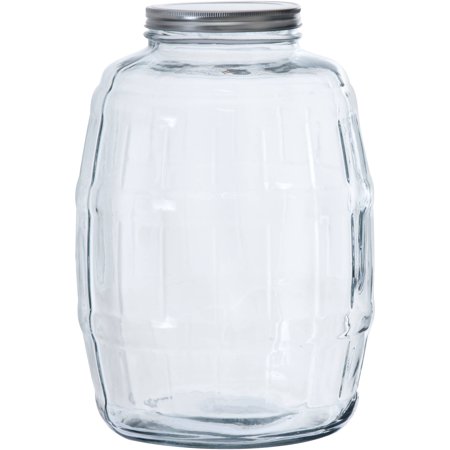I'm gearing down to small batch brewing. I haven't nailed down exactly what size batches until I figure out what equipment I want to buy. I kind of know what I want to do - I'm just trying to figure out the best way to do it.
I know I'm going to be getting a Williamswarn Counter Pressure Bottle filler. Other than that I'm still trying to figure out what else to get. I'm kind of leaning toward using 2.5 gallon corny kegs for primary fermenters, (cutting the dip tubes off an inch or so above the bottom), and then pushing the beer into 1.75 gallon corny kegs for secondary and carbonating and bottling from there.
I would like the system to be closed (as much as possible) from primary to bottling. There are still a couple beers I brew that I will continue to bottle condition, but for the vast majority I'd rather stay with forced carbonation. I might buy a couple of those 64 oz stainless growler mini kegs that have the CO2 cartridge taps, but again I want the vast majority to be force carbonated and bottled.
If anyone is doing anything like this I would appreciate any tips or tricks or advice you can offer.
Thanks
I know I'm going to be getting a Williamswarn Counter Pressure Bottle filler. Other than that I'm still trying to figure out what else to get. I'm kind of leaning toward using 2.5 gallon corny kegs for primary fermenters, (cutting the dip tubes off an inch or so above the bottom), and then pushing the beer into 1.75 gallon corny kegs for secondary and carbonating and bottling from there.
I would like the system to be closed (as much as possible) from primary to bottling. There are still a couple beers I brew that I will continue to bottle condition, but for the vast majority I'd rather stay with forced carbonation. I might buy a couple of those 64 oz stainless growler mini kegs that have the CO2 cartridge taps, but again I want the vast majority to be force carbonated and bottled.
If anyone is doing anything like this I would appreciate any tips or tricks or advice you can offer.
Thanks



